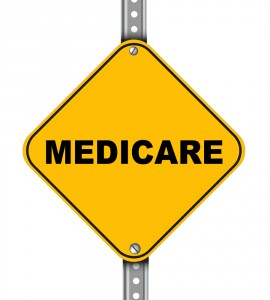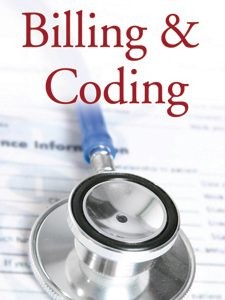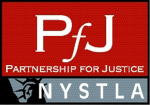 Earlier this month, the Centers for Medicare and Medicaid Services (CMS) published a long-awaited update and clarification on the conditional payment process for the Medicare Secondary Payer Recovery Portal (MSPRP or Recovery Portal). This is a significant development for us and our clients and the broader community of the plaintiffs’ bar because it affects the timeline and best practices that should be followed in resolving any case where Medicare has rights to receive reimbursement from the settlement proceeds.
Earlier this month, the Centers for Medicare and Medicaid Services (CMS) published a long-awaited update and clarification on the conditional payment process for the Medicare Secondary Payer Recovery Portal (MSPRP or Recovery Portal). This is a significant development for us and our clients and the broader community of the plaintiffs’ bar because it affects the timeline and best practices that should be followed in resolving any case where Medicare has rights to receive reimbursement from the settlement proceeds.
CMS has been working for several years now to develop the Recovery Portal as a means for expediting the resolution of Medicare lien claims. Chronic delay from the Medicare bureaucracy in determining the final reimbursement amount has long been a cause of considerable frustration for plaintiff’s attorneys.










